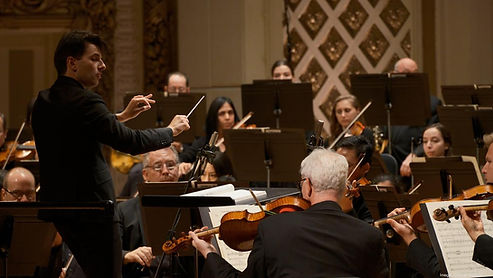By: Qinwei Wu
American orchestras have started to diversify and the rate of Asian and Latino players has risen over the past decade, however, orchestras still lack Black musicians.
Currently, people of color make up about 21 percent of orchestra players nationwide—about 14 percent more than in 2013. However, Black musicians have barely increased, from 1.8 percent to 2.4 percent over the past decade.
The classical music industry has long struggled with the issue of diversity and has spent a lot of time trying to find a solution. Some suggested that orchestras use the blind audition process, where musicians perform in front of a blind audience to avoid bias. Many in the industry supported this idea.
“Can you say that you’re an American orchestra without having any Black representation?” said Titus Underwood, the principal oboist at the Nashville Symphony.
Since the nationwide protests over social injustice related to African Americans in 2020, orchestras have tried to fix this problem. They have tried programming more works by women and people of color, as well as hiring staff members from underrepresented groups. The report found people of color now make up about 23 percent of orchestra staff, up from about 15 percent a decade earlier.
Recently, people have started to expand youth orchestra programs by providing financial aid, coaches, and other resources to musicians of color to help them with auditions through a program called National Alliance for Audition Support. These efforts have worked, as since 2018, about 150 Black and Latino musicians have won auditions because of the Alliance.
The President and Artistic Director of the Sphinx Organization, Afa Dworkin, said that “There are ranks and ranks of Black and Hispanic musicians who certainly are ready to perform as part of major American orchestras. And we’re not engaging nearly enough of them yet.”
Meanwhile, the conducting field was growing more and more diverse. People of color now make up 32 percent of conducting, among music directors and assistant conductors. Women are also increasing in the field—about 24 percent of conductors are now women, double the amount since 2013.
A report said that the number of Black employees at orchestras has increased significantly, now 11 percent from 5 percent a decade ago. Still, people of color are underrepresented in top leadership positions, and only 12 percent of those positions are people of color.
Change in the music industry may be slow, but there is still positive progress to come.











